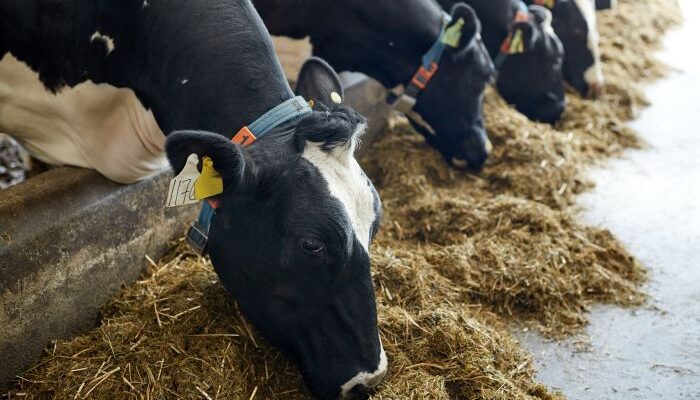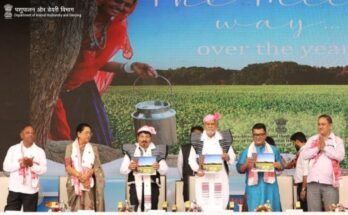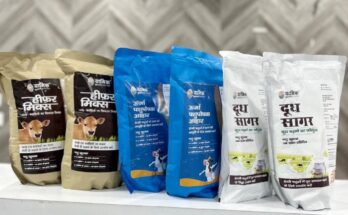New Delhi: The Union Cabinet chaired by Prime Minister Narendra Modi, today, approved the continuation of the Animal Husbandry Infrastructure Development Fund (AHIDF) to be implemented under the Infrastructure Development Fund (IDF) with an outlay of Rs.29,610.25 crore for another three years up to 2025-26. The scheme will incentivise investments in dairy processing and product diversification, meat processing and product diversification, animal feed plants, breed multiplication farms, animal waste to wealth management (agri-waste management) and veterinary vaccine and drug production facilities.
The Government of India will provide a 3 per cent interest subvention for eight years including two years of moratorium for loans up to 90 per cent from the scheduled banks and National Cooperative Development Corporation (NCDC), National Bank for Agriculture and Rural Development (NABARD) and National Dairy Development Board (NDDB). The eligible entities are individuals; private companies; farmer producer organisations (FPOs); micro, small & medium enterprises (MSMEs); and Section 8 companies. Now the dairy cooperatives can also avail benefits for modernisation, and strengthening of the dairy plants.
You may also like to read: Interim Budget 2024-25 promises stepping up value addition in the agriculture sector and boosting farmers’ income
The government will also provide a credit guarantee to the MSME and dairy cooperatives of up to 25 per cent of the credit borrowed from the Credit Guarantee Fund of Rs.750 crore.
The Animal Husbandry Infrastructure Development Fund (AHIDF) has so far created an impact by adding 141.04 LLPD (Lakh Ltr. Per Day) of milk processing capacity, 79.24 lakh metric tonnes of feed processing capacity and 9.06 lakh metric tonnes of meat processing capacity by adding to the supply chain since the inception of the scheme. The scheme has been able to increase processing capacity by 2-4 per cent in the dairy, meat and animal feed sector.
The animal husbandry sector presents an opportunity for investors to invest in the livestock sector making this sector a lucrative one ranging from value addition, cold chain and integrated units of dairy, meat and animal feed units to technologically assisted livestock and poultry farms, animal waste to wealth management and setting up of veterinary drugs and vaccine units.
After the inclusion of new activities like technologically-assisted breed multiplication farms, strengthening of veterinary drugs and vaccine units, and animal waste to wealth management, the scheme will exhibit a huge potential for the upgradation of infrastructure in the livestock sector.
You may also like to read: Odisha Cabinet approves scheme to provide MSP for minor forest produce; to benefit about 1 Cr tribals
The scheme will be a channel towards employment generation directly and indirectly to 35 lakh people through entrepreneurship development and aims for wealth creation in the livestock sector. So far, the AHIDF has benefitted directly and indirectly approximately 15 lakh farmers. AHIDF is emerging on a path towards achieving the Prime Minister’s goal of doubling farmers’ income, tapping the livestock sector by bringing the private sector investment, bringing in the latest technologies for processing and value addition, and last but not least contributing to Indian economy by promoting the export of livestock products. Such investments in processing and value-addition infrastructure by eligible beneficiaries would also promote the export of these processed and value-added commodities.
Thus, investment by incentivisation in the Animal Husbandry Infrastructure Development Fund (AHIDF) would not only leverage private investment seven times but would also motivate farmers to invest more in inputs thereby driving higher productivity and leading to an increase in farmers’ income.
(The story is based on a Government of India press release)




